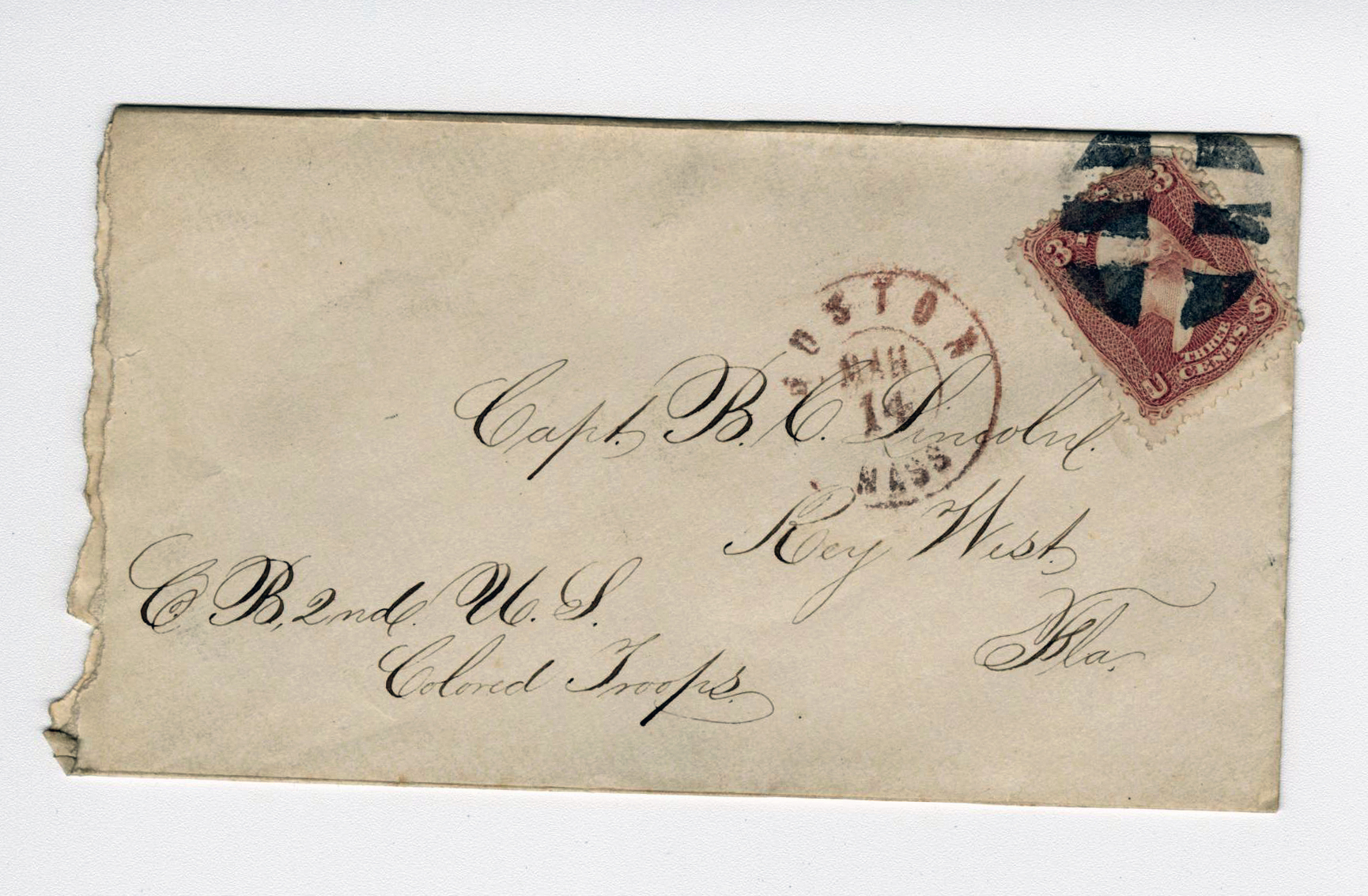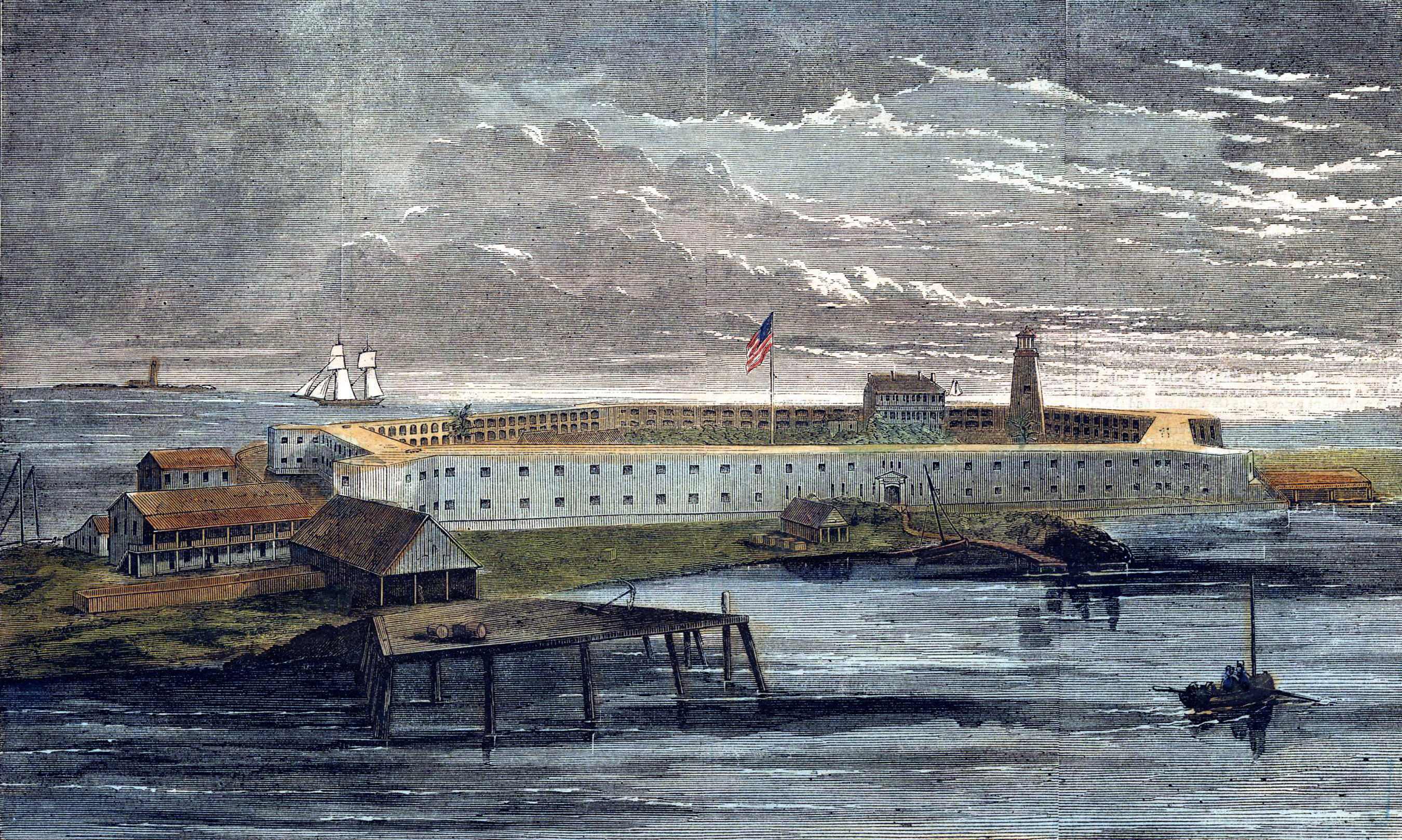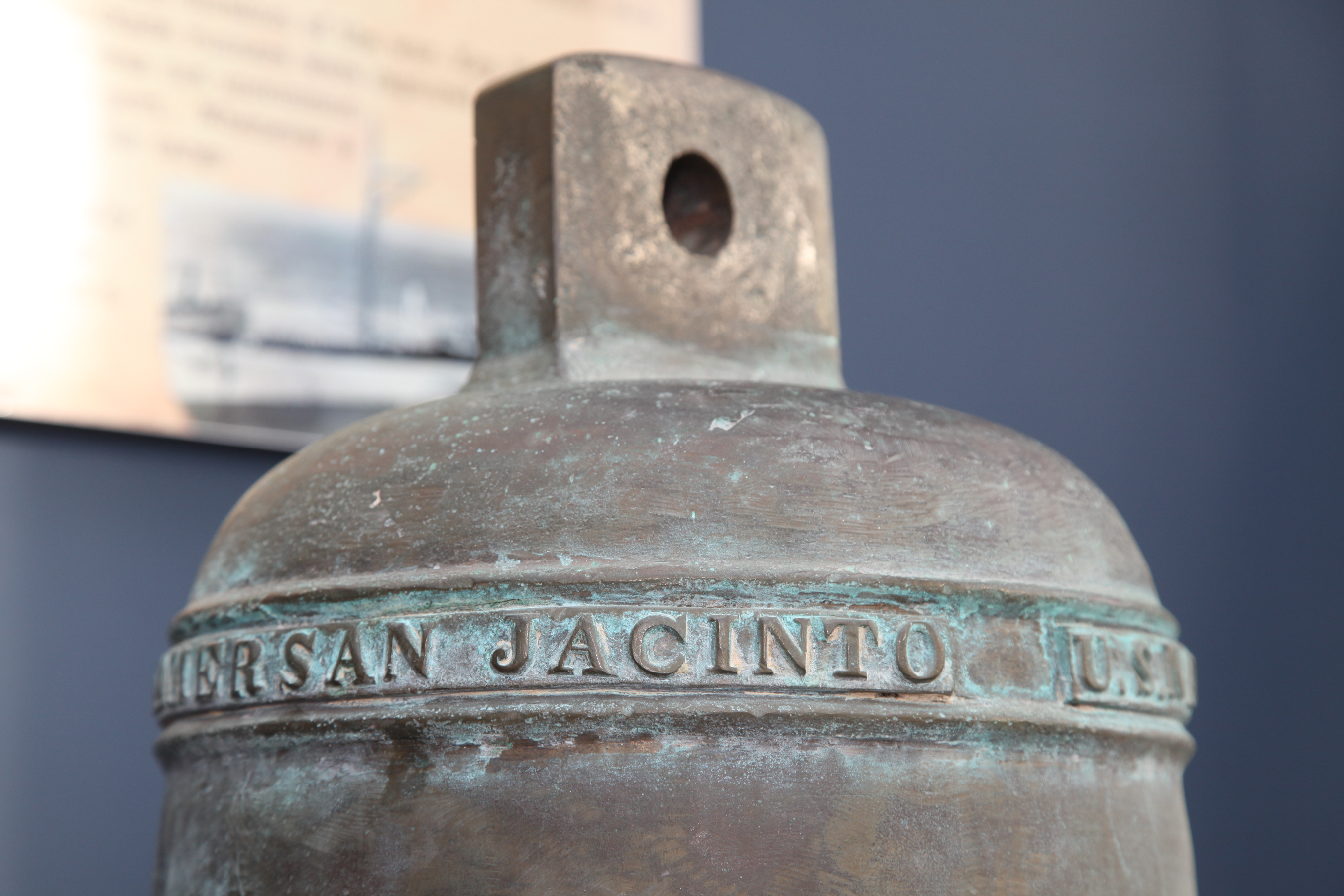Key West Art & Historical Society Offers Sesquicentennial Salute With Civil War Exhibit at The Custom House Museum
This year marks the sesquicentennial anniversary of the Civil War—the deadliest war in American history. The Key West Art & Historical Society commemorates the anniversary by hosting an exhibition at the Custom House Museum that explores the city’s historical significance during the war and the island’s influence on Union operations. The exhibit opens Friday, February 13th, from 6:00 – 7:00 pm.

With more than 237 named battles between the Confederate and Union States, the four year war resulted in an estimated 750,000 soldiers and an undetermined number of civilian casualties. Though fought in thousands of different places from Pennsylvania to Texas; from New Mexico to Florida, no blood was shed on or around the island. Still, Key West proved to be essential to the Union and the history that followed the war.
“Despite our geographical distance from the principal battlegrounds, Key West was an indispensable outpost for Union forces,” says Cori Convertito, Key West Art & Historical Society Curator.

How, you might wonder, could a city from a Confederate southern state serve the Union forces? The simple answer is that the Union secured it before Florida seceded.

The San Jacinto was first ordered to Key West in 1862, where she served as the flagship of the blockading fleet. She assisted in the capture of several Confederate vessels attempting to bring goods in and out of Havana, Cuba and the Bahamas.
“The local population was not prepared or able to stage resistance,” adds Convertito.
“Key West was essentially a Southern town. In 1860, it had a population of 2,862 inhabitants, including 451 slaves and 160 free blacks,” she continues.
“Although a few of the inhabitants were immigrants from the New England area, and there was an added interspersing of Bahamians, the majority of the citizens were either native to the island city or were migrants from neighboring Southern states. Certainly, the major leaders of the community, with few exceptions, were wholly Southern in sympathy.”
Regardless of residents’ alliances, the island itself proved to be a significant stronghold for the Union and stood as a central force for blockade efforts along the Gulf of Mexico. Ships assembled at the island’s port, using it as a base of operation for the East Gulf Blockading Squadron, whose missions proved fruitful in freezing Confederate trade efforts. It was also where ships assembled to fuel prior to operations , such as the capture of New Orleans.
“Our island provided essential logistical support for ships of the U.S. Navy while its residents continued along the path of pecuniary success thanks to local business operation—saloons, hotels, restaurants, and the like—and seagoing trade with the northern states and Cuba,” says Convertito.
“It’s important that Key West does not underemphasize the significance of the island’s contributions to Civil War history,” she adds.
Visitors to the exhibit will learn about the island’s key Civil War players—people like Captain John Milton Brannan, who ensured the island remained in Union control, and Key West native Stephen Mallory, Confederate sympathizer and ultimately Secretary of the Confederate Navy.
There will also be a selection of Civil War-era ordnance (or armaments), letters written by soldiers stationed at Fort Jefferson, personal effects owned by soldiers and a commemorative menu from Ulysses S. Grant’s visit to Key West after the war. Additionally, there will be narratives of Fort Zachary Taylor and Fort Jefferson, Fort East and West Martello Towers, the latter which were built in 1862 by the U.S. Army to provide extra protection against possible Confederate sea assault.
The relics and narratives of the exhibit as well as the Forts themselves reveal a history that helped shape the future of the island’s community. In addition to still having a very strategic military position, “working with northern forces during the war meant that the island’s line of communication— and more importantly trade— were kept open” says Convertito.
“There were financial benefits for the islanders who could continue selling their goods—mainly sponges and salt— to patrons in the North, Europe and the Caribbean. In the decades following the war, the island was able to sustain itself by carrying on trade.”
The exhibit opens to the general public at 6:00pm, with a suggested donation of $10 for attendees, with a members-only VIP access from 5:30-6:00pm. Distinguished speaker, author and historian TD Allman will be on hand, talking with the evening’s guests, just an evening after his thought-provoking presentation on Florida’s role in the Civil War (held at the Tropic Cinema). The exhibit runs until September.
For more information call Cori Convertito at 295.6616 x 112 or visit WWW.KWAHS.ORG. Your Museums. Your Community. It Takes an Island.



Facebook Comments